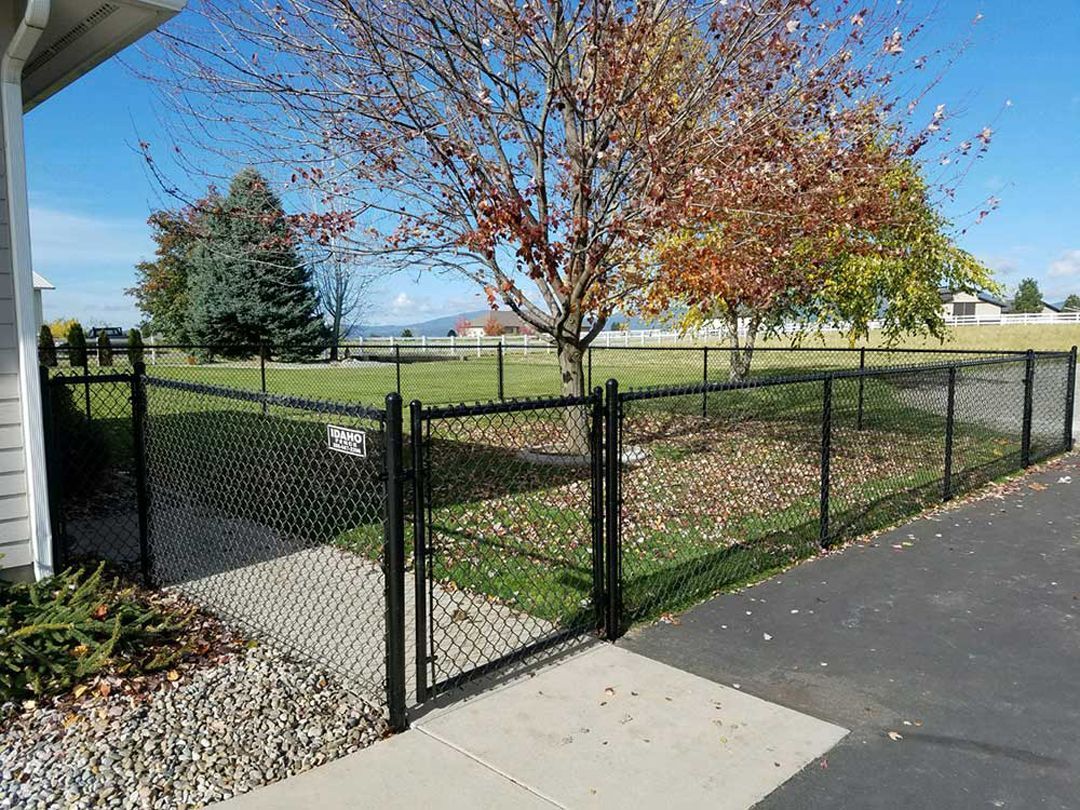Why Sustainable Materials Matter
As environmental awareness grows, more homeowners are turning to eco-friendly fencing options to minimize their carbon footprint. Choosing green materials not only helps the planet but can also enhance your property’s aesthetic appeal.
Sustainable fencing options usually use renewable resources, recycled materials, or low-impact production methods. These choices can greatly decrease waste, energy use, and emissions compared to traditional fencing materials.
Bamboo Fences: An Eco-Friendly Alternative
Bamboo is a fast-growing, renewable resource that has grown to be a popular choice for eco-conscious homeowners. Its natural strength and aesthetic appeal make it a adaptable fencing material. Here’s why bamboo is a top option:
- Rapid Growth: Bamboo can grow up to 3 feet per day, making it a highly renewable resource.
- Minimal Environmental Impact: Harvesting bamboo causes lower environmental impact than other wood types.
- Stylish Design: Bamboo fencing offers a earthy look that complements a variety of landscaping styles.
Bamboo fences can be arranged in panels or flexible rolls, making them adaptable for different fencing needs.
Recycled Materials for Fencing
Recycled materials are another top choice for eco-friendly fencing. These options frequently repurpose waste products into durable, attractive fences:
- Recycled Plastic: Made from post-consumer waste like bottles and containers, these fences are weatherproof.
- Composite Fencing: Combines recycled wood and plastic for a durable, wood-like appearance with minimal maintenance needs.
- Metal Fencing: Recycled aluminum or steel fences offer a contemporary look while utilizing repurposed materials.
Using recycled materials not only diverts waste from landfills but also minimizes the need for virgin resource extraction.
Sustainable Fence Maintenance Practices
Eco-friendliness doesn’t stop with material selection; proper maintenance can also help reduce your fence’s environmental impact. Here are some ideas for sustainable upkeep:
- Use Natural Cleaners: Avoid chemical-based cleaners and opt for solutions like vinegar and water to clean your fence.
- Choose Low-VOC Paints or Stains: When refinishing, use products with very few volatile organic compounds to reduce emissions.
- Repair Instead of Replace: Fixing damaged sections of your fence reduces waste and prolongs its lifespan.
With these practices, you can increase the longevity of your fence while staying committed to sustainability.

